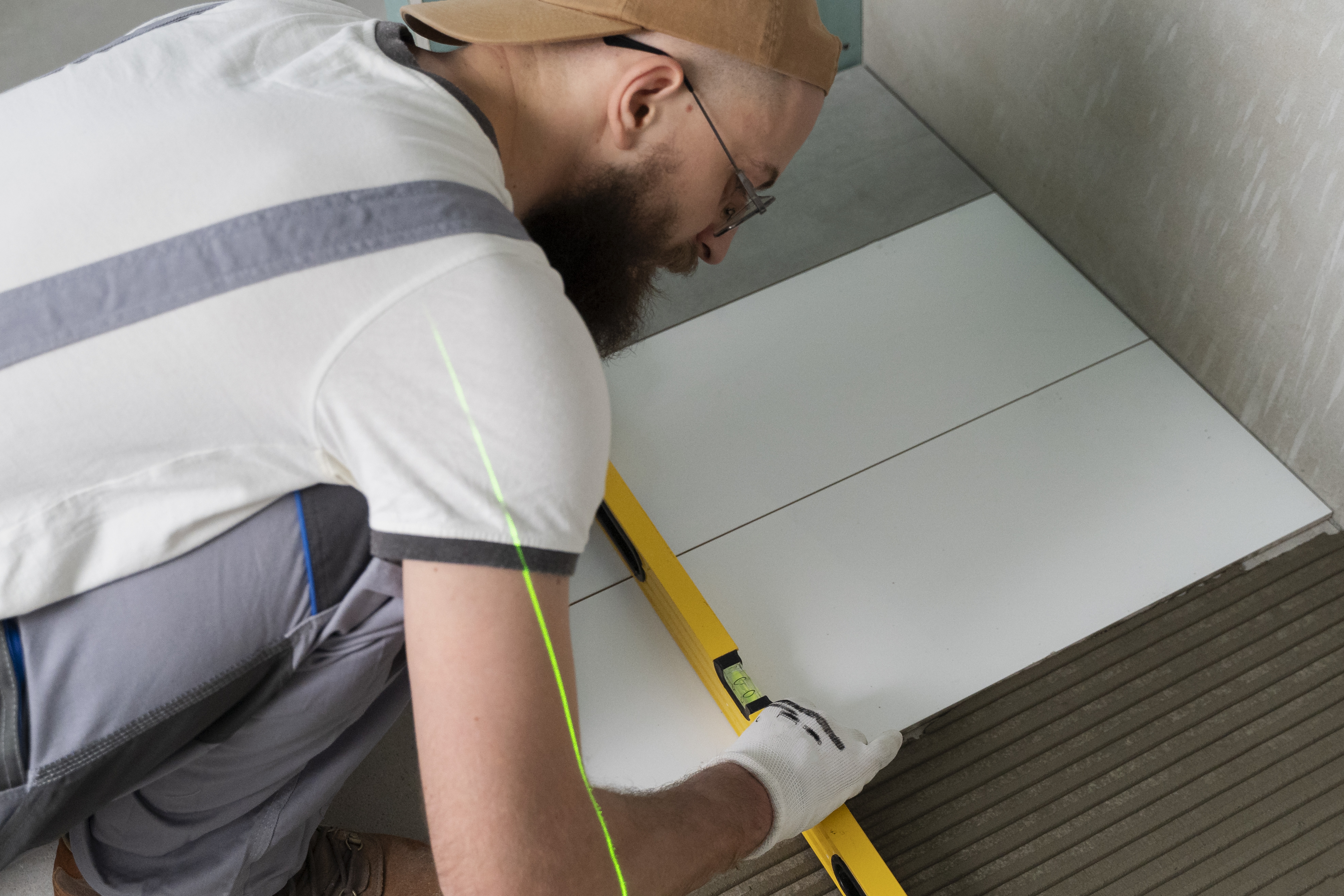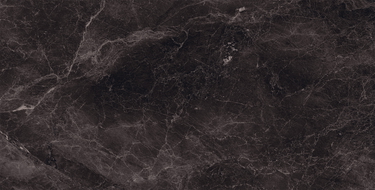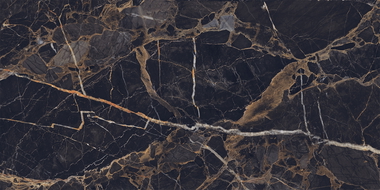
Laying tiles in a bathroom is a task that requires significant precision and technical skills. Every gap between the tiles affects the aesthetics and durability of the entire finish. In the shower, where surfaces are exposed daily to moisture and cleaning agents, grout serves as a barrier that protects the wall structure from water penetration. It is responsible for sealing and ease of maintenance. Improperly chosen grout can crack, crumble, or even let water through over time, leading to damp walls. So how do you choose the right one? Use our tips!
What will you learn from this article?
Shower grout must be durable, match the interior design style, and be easy to maintain. We know that choosing the right material can be problematic, so we've gathered some practical tips. From this article, you will learn:
How water, cleaning agents, and temperature impact different types of grouts.
The differences between various types of grouts: cement, epoxy, and silicone floor grouts.
How to choose the colour of grout and when to opt for contrast.
Why is choosing grout in the shower area so important?
The shower is the most demanding place in the bathroom. Here, water acts on the surface almost daily and in large quantities. Additionally, factors such as:
high humidity,
temperature changes,
strong cleaning agents (descalers, mould removers),
mechanical load - particularly with floor tiles.
The main functions of grout are protection against water and dirt penetration and tile stabilisation. Poorly chosen joint compound can quickly become a source of problems.
What grout options do you have?
Choosing grout for the bathroom shouldn't be random. What type will work best depends on the type of tiles or the way the bathroom is used. The material from which the grout is made is crucial. Available on the market are cement, epoxy, and flexible grouts (e.g. silicone). Each of these solutions has its strengths but also limitations, so let's take a closer look at them.
Cement Grouts — the Most Popular Type of Grout
The most classic and commonly chosen finishing material. You can purchase it in powder form that needs to be mixed with water. It comes in two classes:
Class 1 – traditional cement grout. Now rarely seen and not recommended for showers. It has low resistance to water and cleaning agents. It works well on walls in less demanding rooms, but not in shower cabins.
Class 2 – cement grout with enhanced properties. It is more durable, less absorbent, and more resistant to abrasion. It is often used in bathrooms.
An enhanced version is cement grouts with polymer additives, which are more flexible and waterproof. They can even be used on underfloor heating. Grout around a bathtub or in the shower area requires regular impregnation and careful cleaning, as over time they can discolour or absorb dirt.
When it comes to pros, they are quite a few – easy application, low price, and a wide range of colours of grouts undoubtedly encourage the choice of this material. The cons include debatable resistance to prolonged contact with water and chemicals, and the need for impregnation.
Epoxy Grout for Showers – Durability for Years
This is the most advanced solution, creating a highly sealed, almost non-absorbent surface. Epoxy grout consists of two components: epoxy resin and hardener.
Why might it be a better choice than traditional cement grout?
It is completely water resistant and chemical resistant.
Does not absorb dirt, making it easier to maintain cleanliness.
It is extremely durable and resistant to mechanical damage.
Works well with large-format tiles that have a small number of joints.
No wonder epoxy grout is used in pools, saunas, or wellness areas. In a home bathroom, it's a choice that lasts for years. Despite numerous pros, even the best epoxy grouts for showers have their drawbacks, the most noticeable being the higher price. Additionally, application can present challenges, so it's better to entrust it to a professional.
Silicone Grout – A Non-standard Approach to Filling Gaps
This is not a classic grout but a material for filling expansion joints, corners, and places where tiles meet other surfaces (e.g. shower cabins or shower trays). The most common is silicone sealing mass available in many colours. Silicone ensures watertightness, protects against mould and mildew (in versions with fungicides), and due to its flexibility, compensates for tile and substrate movements. Silicone grouts cannot replace classic finishing material, but their properties can increase protection in critical areas. However, remember that they may start to darken over time.
Looking for more information on sealing tiles in a shower cabin? Be sure to check out expert advice on shower finishing.
.jpg)
Choosing Grout Colour – How to Match the Shade to the Tiles?
Grout is usually matched to the colour of tiles to create a cohesive look, but nothing stands in the way of choosing a completely contrasting colour to highlight the shower area. Remember that with stone cladding, contrasting grouts may not always work as they draw attention away from the natural texture and patterns of the stone.
Light shades, such as white or light grey, optically enlarge the space, while dark ones may visually shrink it. Metallic and shiny grouts fit modern bathrooms, while shades of wood or earthy tones work better in classic arrangements.
Popular grout colours and their applications:
Light grey – universal, blends well with concrete and gres tiles.
Beige, écru, sandstone – for beige tiles and interiors in a classic or natural style.
Marble, silver, diamond – subtle shine and elegance.
Graphite, dark grey, black – look good with light tiles.
Pastel blue or delicate retro shades – for interiors in Scandinavian or retro style.
Wood-like tiles – best paired with grout in wood or earth colours.
Neutral, toned grout colours are practical and timeless, so if you're aiming for classic, choose light shades.
How to Choose the Right Grout to Avoid Regret?
You already know the types of grouts and their strengths and weaknesses. Let's move on to the most important question, which is which grout to choose for the bathroom to achieve the desired effect. What should you consider before making a decision?
Resistance to water and moisture – an absolute must. Epoxy grouts and flexible bathroom grouts perform best here.
Easy cleaning – the grout should be smooth, low-porous, and resistant to bathroom chemicals.
Durability – cement ones are cheaper but require more care. Epoxy ones are an investment for years.
Aesthetics – the grout should match the colour of the tiles. You can choose a similar colour (cohesive effect) or a contrasting one (emphasises the tile arrangement).
Application area – corners and around fixtures definitely need silicone. On flat surfaces, you can choose cement (higher class) or epoxy.
What's the conclusion? If you value the highest durability and complete moisture resistance, choose epoxy grout. This solution works great in walk-in shower cabins. If, however, you are looking for a reasonable price compromise, you can choose Class 2 cement grout with polymer additives, but remember to impregnate and regularly maintain it. Always use elastic silicone in corners, where it meets the shower tray, wall, or glass.
Grout for Every Bathroom? You Can Have One!
Grout in the bathroom, especially in the shower area, is an element that determines the durability of the entire arrangement. Cement ones are cheaper but require more attention. Epoxy ones are more expensive but reward with resistance and ease of maintenance. Flexible (silicone) ones complement the arrangement, increasing the protection of the entire shower area.
If you're designing a bathroom "for years" and want to avoid problems with moisture and discolouration, opt for epoxy. It's a safe but more expensive choice. If you're aiming for a compromise, a good cement grout reinforced with polymers will also do – provided you take care of it.






















